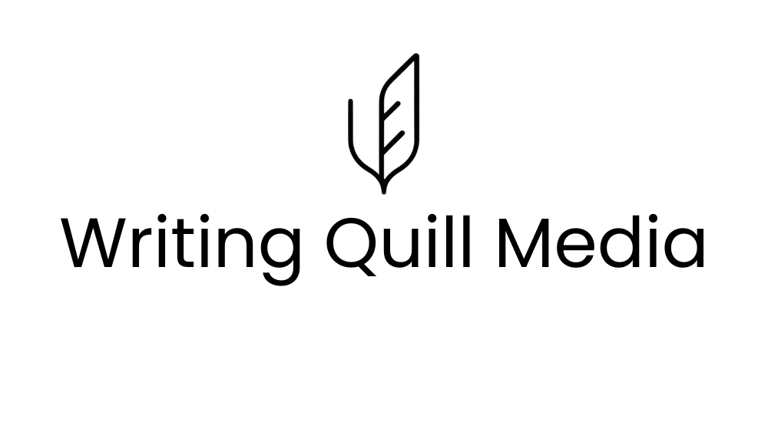Measure What Matters: Essential Metrics for Content Success
To know if your content is working, you need to track the right metrics. In this post, we break down which metrics matter most (traffic, engagement, conversions, time on page) and how to tie them to business goals. You’ll learn how to set KPIs, use Google Analytics (or similar), and adjust your content plan based on data — turning guesswork into growth decisions.
Writing Quill Media
9/15/20252 min read
Introduction
Publishing blogs, eBooks, or social posts is only the first step in a content strategy. To know whether your efforts are paying off, you need to track the right metrics. For small businesses, measuring success isn’t about vanity numbers like page views alone — it’s about identifying which pieces of content bring real growth, engagement, and conversions. Understanding these numbers helps you refine your strategy, focus on what works, and stop wasting time on what doesn’t.
Traffic as a Starting Point
Traffic is the most obvious metric, but it should be seen as the entry point, not the final goal. Looking at website visitors shows how effective your content is at attracting attention. Blogs optimized for SEO can steadily increase organic traffic over time, while well-promoted posts might create short spikes. The key is to evaluate not just how many visitors arrive, but where they come from — search engines, social media, or referrals. This helps you prioritize channels that truly drive results.
Engagement Beyond Clicks
High traffic means little if visitors don’t stay engaged. Metrics like time on page, bounce rate, and scroll depth reveal whether your content holds attention. If readers are leaving after a few seconds, the issue may be poor structure, irrelevant topics, or slow page speed. On the other hand, longer reading times and repeat visits suggest your content is resonating. Comments, shares, and backlinks are also signs of engagement and trust, showing that your audience sees value in what you’re creating.
Conversion as the Ultimate Goal
For small businesses, conversions are where content proves its worth. This could mean a visitor signing up for your newsletter, downloading an eBook, booking a consultation, or making a purchase. Each piece of content should connect to a clear call-to-action, guiding readers toward the next step. By tracking conversions, you can identify which topics and formats turn casual readers into loyal customers.
Growth Through Refinement
The most successful businesses use metrics as a feedback loop. Instead of publishing blindly, they evaluate what works, adapt underperforming content, and double down on high-performing pieces. Regularly reviewing analytics ensures your content strategy evolves with your audience’s needs. Over time, this creates a content ecosystem that not only attracts attention but also builds trust and generates consistent results.
Conclusion
Measuring content success goes beyond clicks and likes. By focusing on traffic quality, true engagement, and meaningful conversions, small businesses can ensure their content strategies drive growth instead of guesswork. Metrics turn creativity into results, helping you spend time where it matters most.
Stay updated with writingquillmedia news
Subscribe
info@writingquillmedia.com
© 2025. All rights reserved.
CONNECT


